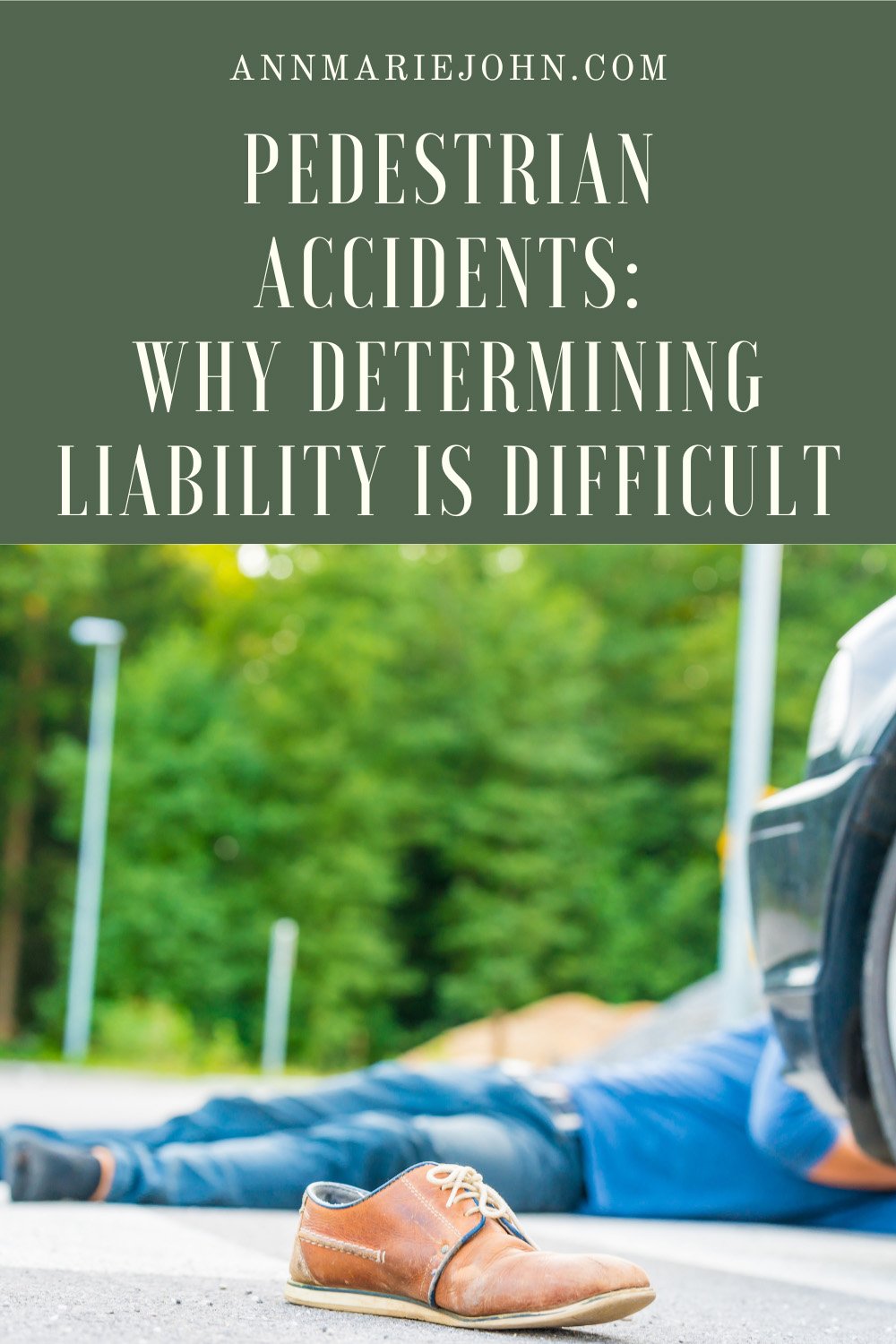Many people think the automobile driver is always at fault in pedestrian accidents. After all, they’re the ones behind the wheel of a powerful machine, and they’re less likely to experience injuries than pedestrians.

However, the car driver isn’t always the one who causes an accident. If you need to know how to determine liability in pedestrian accident cases, read on to learn about the different considerations.

Driver At Fault
It’s common to think the driver is at fault in a pedestrian accident because you learn in childhood that pedestrians have the right of way. However, this law has more nuance and can vary from state to state. A driver should always be on the lookout for pedestrians and drive carefully at night or in bad weather when they can’t stop as quickly and safely as needed.
But pedestrians having the right of way primarily only applies to the crosswalk. A pedestrian crossing the middle of the street or during a green light can’t stop traffic simply because they’re on foot. They can easily wait or get out of traffic, whereas a driver trying to avoid the pedestrian might cause a more severe accident with their reaction.
The police will get information from the accident site. They can look at the car’s tire tracks and see if the driver was speeding or tried to brake to miss the pedestrian. The police will also determine if the driver ran a red light or was abiding by traffic laws. The result of their inspection will help determine if the driver was at fault.
Pedestrian At Fault
The pedestrian might be at fault because they jaywalked or crossed while the light was green. They might be wearing dark clothes and walking across the street at night.
If the pedestrian jumps out into traffic, even the most alert driver can’t avoid their appearance. While the driver is the one who hit the pedestrian, the pedestrian caused the accident. Pedestrians must follow the rules of the road as drivers do.
Proving Negligence
It’s important to prove negligence because that person is the one who has to pay for damages. You don’t want to accept negligence if the accident wasn’t your fault because your insurance premiums will increase, and you might even have to pay legal and medical fees out of pocket.
An attorney will prove negligence by establishing that the person who caused the accident is responsible for not harming others. They breached that responsibility when they caused the accident, which led to your pain and suffering.
Anyone on the road, whether walking, riding a bike, or behind the wheel of a car, is legally required to follow traffic laws and act reasonably. With these laws in mind, it can be easy to prove negligence in some instances.
For example, a speeding driver is considered acting negligently, similar to a pedestrian jaywalking or running out in traffic. However, it isn’t always so easy to ascertain. If a pedestrian is crossing the street far from the intersection but is wearing neon clothing in the middle of the day, a reasonable driver could spot the person with enough time to stop and avoid an accident.
In cases like that, both the driver and the pedestrian are at fault. The pedestrian should have used the crosswalk, and the driver should have paid attention and seen them in time to stop. A judge might assign shared fault for this type of accident.
In Conclusion
There’s no easy answer to determining who’s at fault in a pedestrian accident. Anyone using the roads, whether walking or driving, must act reasonably and follow the laws. Though the turn of phrase makes you think otherwise, the pedestrian doesn’t always have the right of way, so they can be at fault for this type of accident just as easily as a driver.
